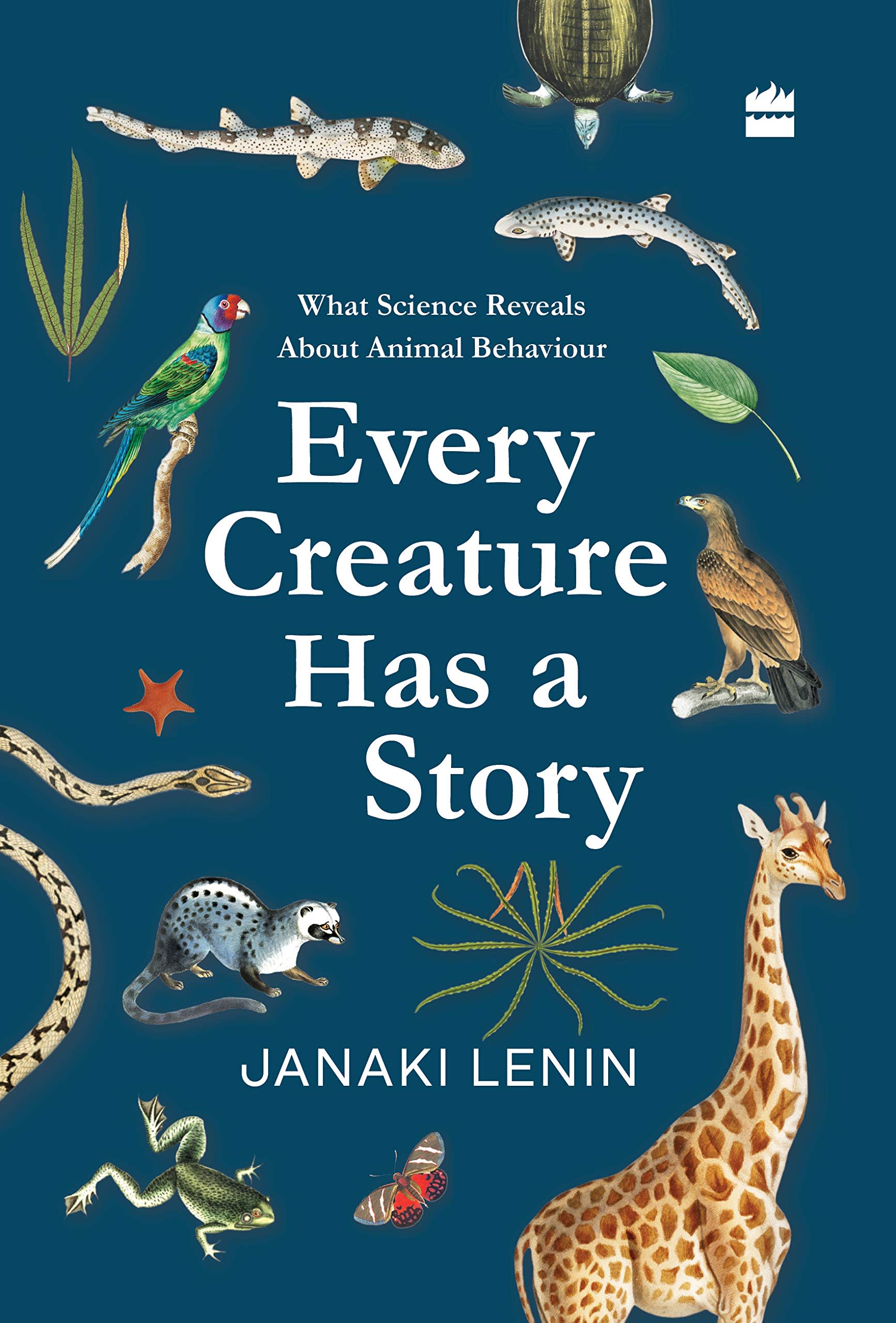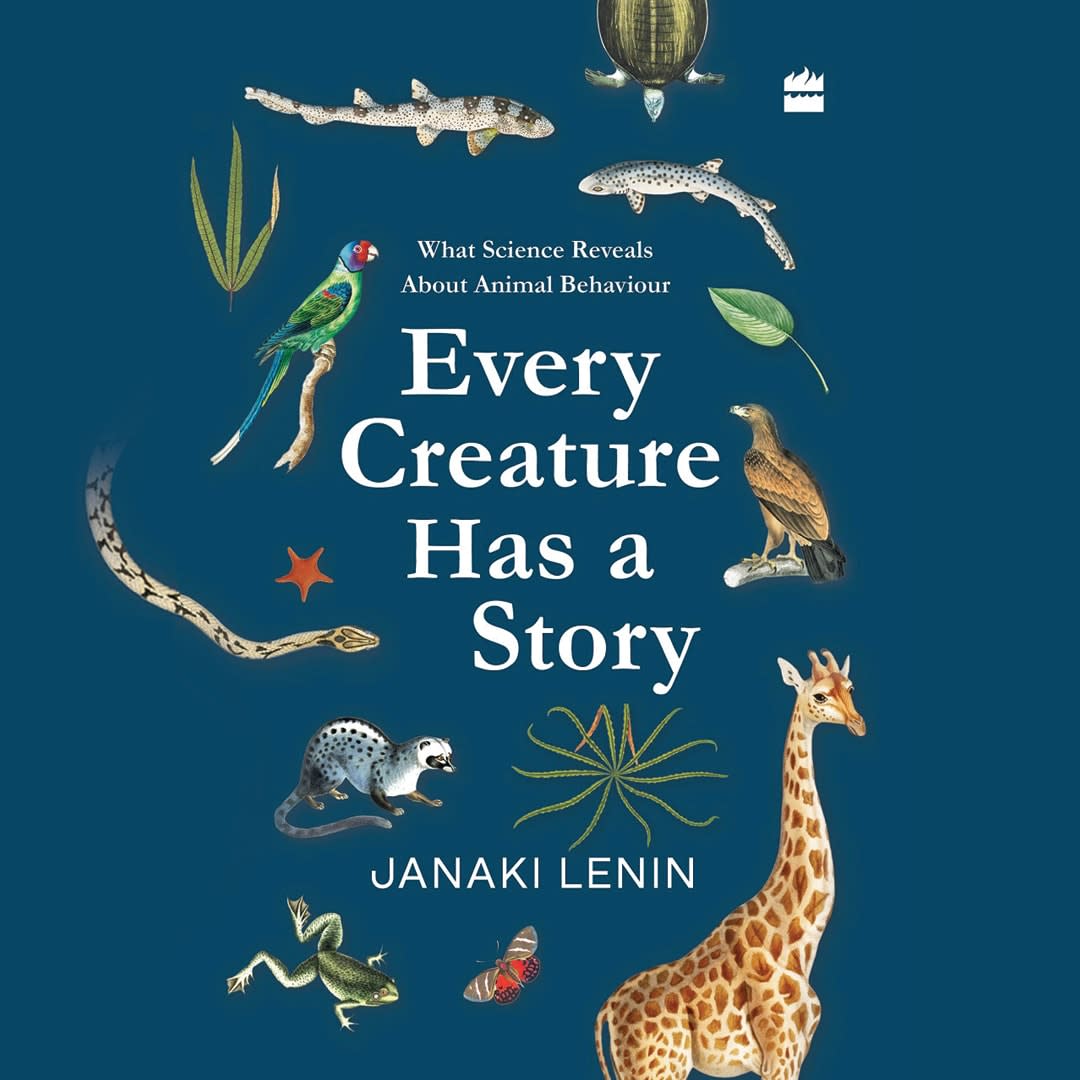 Listen to this article
•
15:34 min
Listen to this article
•
15:34 min
Studying frogs in the field is like watching an art film unfold, says K.S. Seshadri. ‘For aeons, nothing happens. Then you blink and miss one crucial scene that tells the whole story.’
The researcher and his colleagues from Ashoka Trust for Research in Ecology and the Environment (ATREE), Bengaluru, stood motionless one night as a white-spotted bush frog (Raorchestes chalazodes) squeezed into a small hole in a bamboo stalk. It wasn’t hiding from the humans. Nor was it an exception. Seshadri observed other frogs of the species disappear into these portals. After many nights, he heard them call from within the hollow stems.
The researchers didn’t know what to make of this behaviour. The species had come into the spotlight in 2011. Seshadri had been a novice when he joined experts to rediscover the two-centimetre-long frog for the first time in over 135 years.
Drawn by an unfamiliar rapid staccato call at night, they found the caller. A luminous green frog with yellow starburst eyes sat on a bamboo culm in Upper Kodayar in Kalakkad Mundanthurai Tiger Reserve, Tamil Nadu. The excitement of beginner’s luck goaded him to research frogs, and what better species to study than the one he had helped to reclaim from obscurity. The tiny amphibian’s bizarre behaviour foxed him.

A related species, the ochlandra reed frog (Raorchestes ochlandrae) in Calicut district, Kerala, sticks its eggs inside the hollow internodes of reed bamboo. Frogs typically lay their eggs above or in standing water. The unusual breeding behaviour of the ochlandra reed frog didn’t stop there. It belongs to a family of bush frogs that don’t hatch into aquatic tadpoles that metamorphose to terrestrial adults. Instead, it emerges from eggs as fully formed froglets.
Since white-spotted bush frogs wriggled into an internode with determination and called from within, they probably reproduce like ochlandra reed frogs. There was only one way to find out.
Seshadri sliced open the bamboo culms and found eggs glued to the interior walls. At the start of the reproductive season in June, males searched among stands of reed bamboo (Ochlandra travancorica) that grew along stream banks. They called, ballooning vocal sacs in their throats acting as amplifiers, when they found bamboo sections with holes. The males continued croaking after entering the tubular chamber. Attracted by these sounds, interested females crawled in with them.
Seshadri realised not any internode hollow with an opening would do. If the hole was at the top, then rainwater dripped inside and drowned the eggs. Best were the ones with holes at the base.
To get a better understanding of the species’ breeding behaviour, Seshadri peered inside the hollow stems with an endoscope. He spied forty-three clutches of eggs stuck to the top of the column at thirty-two sites and monitored them daily. Since the eggs didn’t have a shell to hold moisture in, they could dry up, killing the developing froglets. The 60-centimetre column of the internodes was cooler and more humid than the outside, providing ideal conditions for the embryos to develop.
Seshadri also realised the males were single parents. During the day, the fathers slept next to the eggs with their eyes half-closed. At night, when he poked the equipment into the bamboo, most of them remained where they slept or sat on the eggs. Some stopped calling and hid behind the eggs or at the base of the internode. A few brave ones tried to scare the endoscope by calling or attacking.

How critical were the fathers to egg survival? Predators like katydids and snakes were too big to enter the tiny slit in the internode. Seshadri caught the guardian males of thirteen sites and released them on the other side of the stream, leaving the eggs with no protection. He compared the fate of this group with another lot of thirteen sites which were protected by the fathers.
In less than three weeks, the fatherless egg masses faced rough times. Ants, flies, and fungal infections killed some. But the main threat to the eggs came as a surprise to Seshadri. Other male frogs wriggled into the hollows and ate 70 per cent of the ill-fated eggs. Only 34 of 129 orphaned eggs hatched.
Did cannibalistic frogs then serenade females and tend their own eggs?
Excerpted with permission from Every Creature Has a Story: What Science Reveals about Animal Behaviour by Janaki Lenin, published by HarperCollins, Price: Rs 479.00






